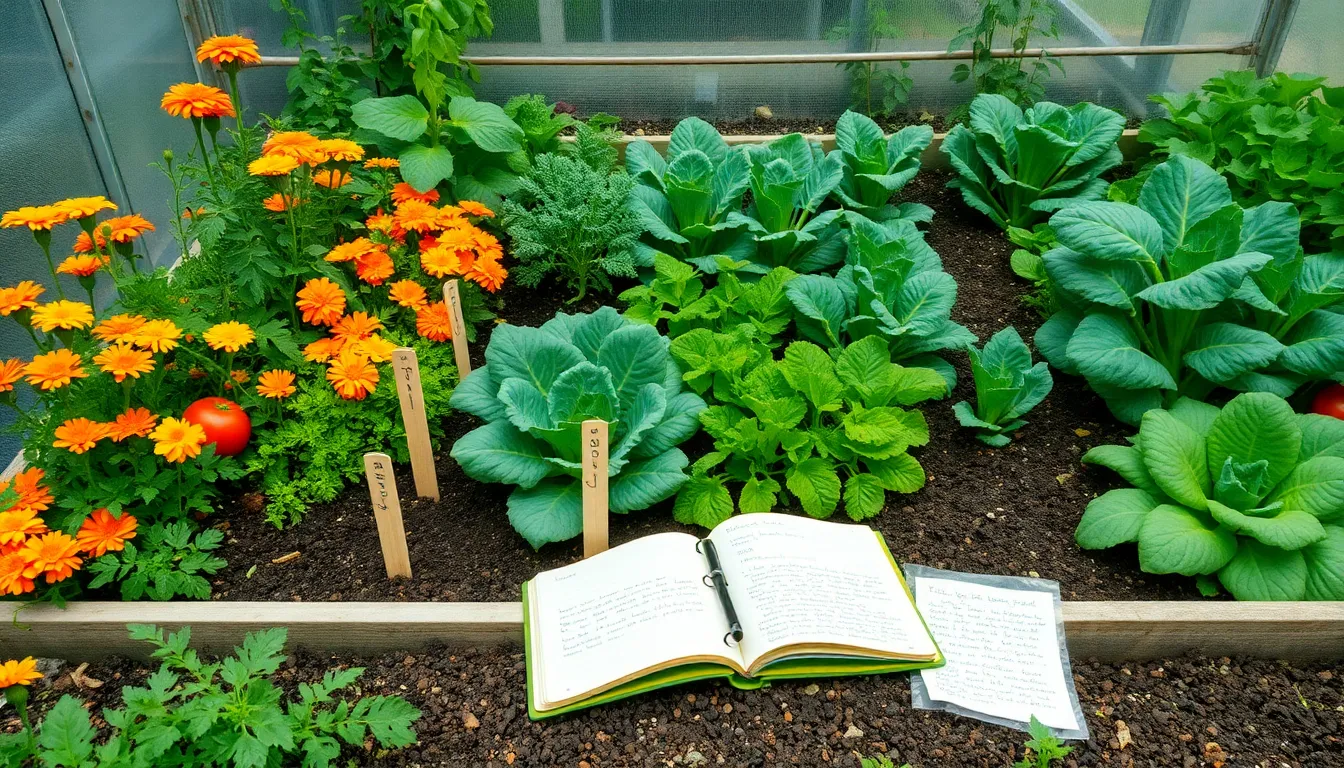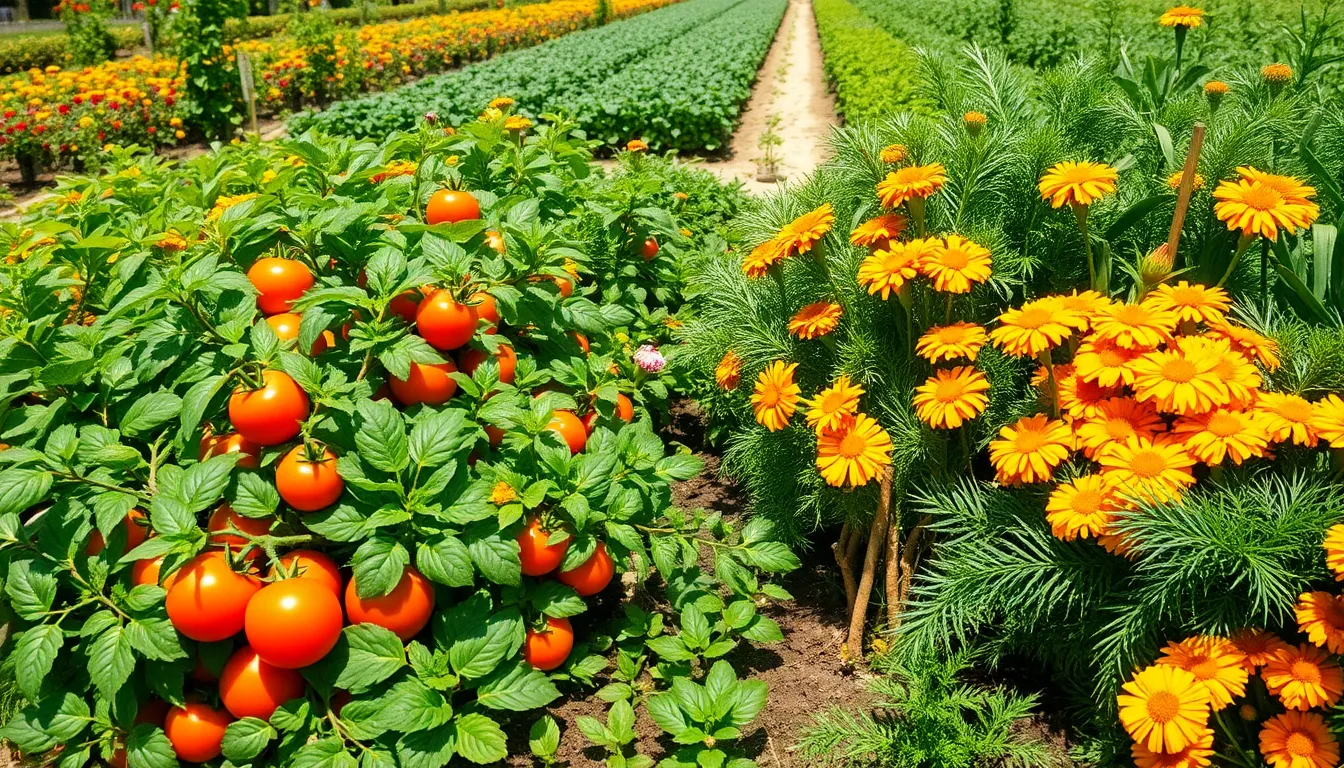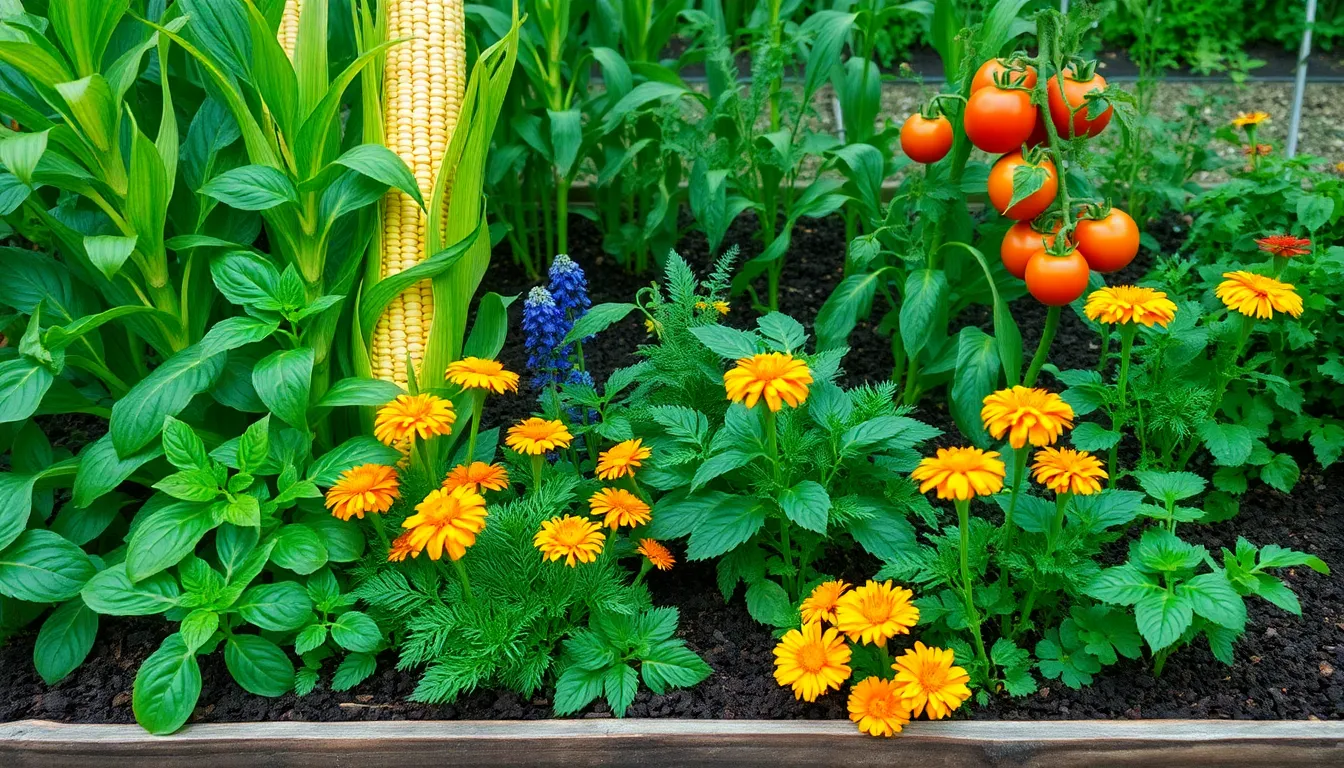Imagine stepping into your garden and witnessing a symphony of plants working harmoniously together, each contributing to the success of the other. This isn’t just a gardener’s dream—it’s the essence of companion planting for vegetables, a practice that transforms your garden into a thriving ecosystem. Whether you’re just getting your hands dirty for the first time or you’ve been nurturing your green thumb for years, understanding the art of companion planting can elevate your vegetable garden to new heights.
Companion planting is more than just placing plants next to each other; it’s about creating relationships that benefit each plant’s growth, yield, and resilience. This approach can help you naturally deter pests, improve soil health, and even enhance the flavors of your produce. In this article, you’ll discover which vegetable pairings work best, how to strategically plan your garden layout, and the science behind why certain plants thrive together. As you delve into these concepts, you’ll be equipped with actionable insights to cultivate a garden that is not only productive but also brimming with life and vitality.
Understanding Companion Planting Basics
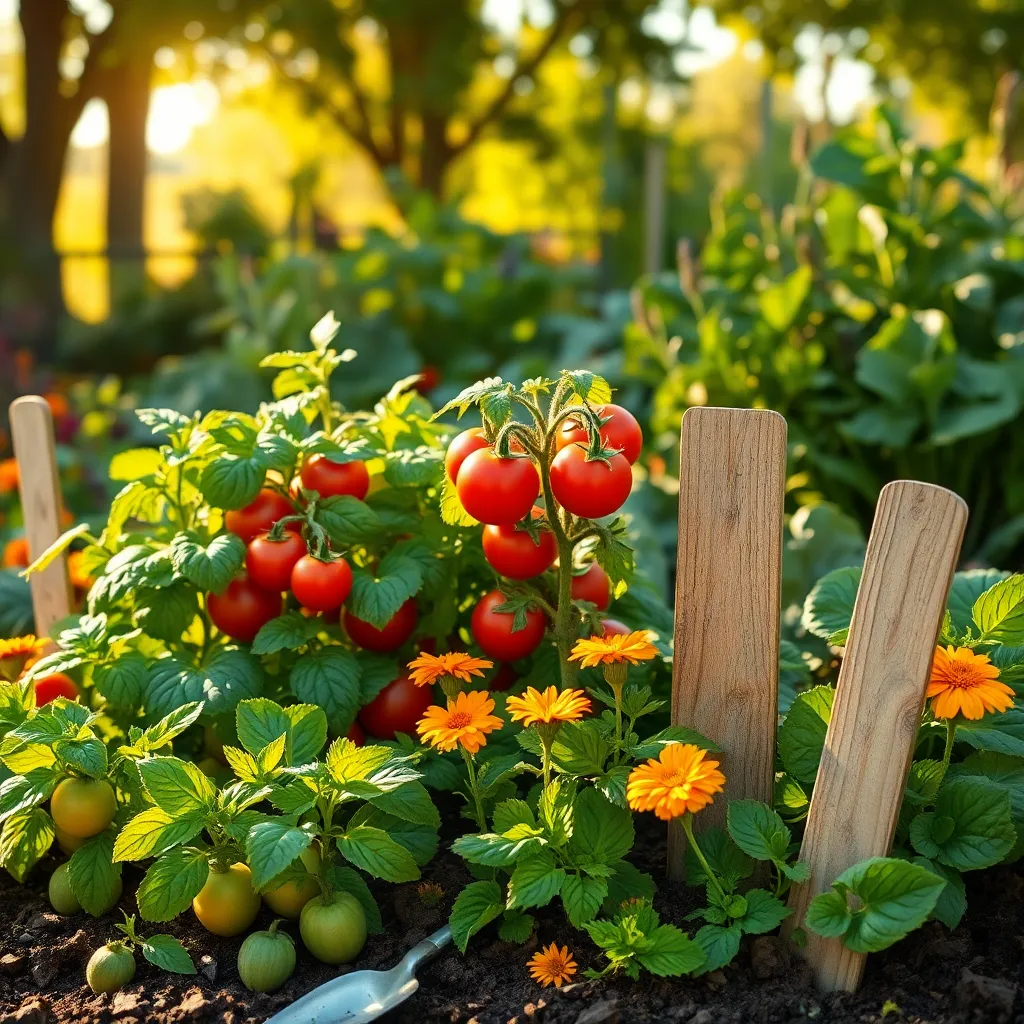
Companion planting is a gardening technique where certain plants are grown together to enhance each other’s growth, deter pests, or improve flavor. This method can be especially beneficial for vegetable gardens, where the right combinations can lead to healthier plants and higher yields.
One basic principle of companion planting is to pair plants with complementary needs. For example, growing nitrogen-fixing plants like peas or beans near heavy feeders such as tomatoes can naturally enrich the soil, reducing the need for synthetic fertilizers.
Another strategy is to use companion plants to manage pests. Planting marigolds near vegetables can help repel nematodes and other harmful insects, making them a useful addition to your garden’s defense system.
For more advanced gardeners, consider planting aromatic herbs like basil or rosemary alongside crops like peppers and carrots. These herbs not only enhance the flavor of vegetables but also confuse pests with their strong scents, offering natural pest control.
Benefits of Vegetable Partnerships
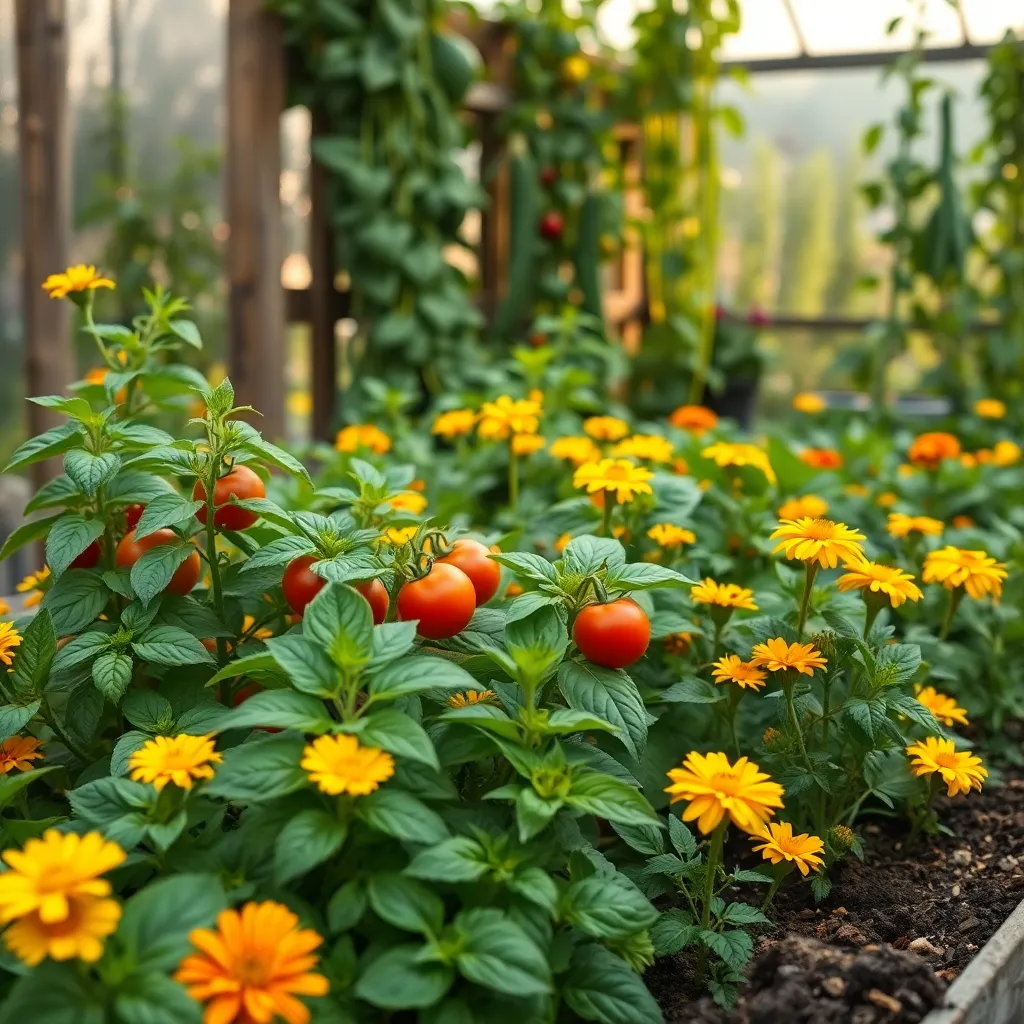
Companion planting offers multiple benefits, enhancing both plant health and garden yield. By strategically pairing vegetables, you can create a more resilient garden ecosystem that naturally repels pests and fosters growth.
One of the key advantages of companion planting is pest control. For instance, planting marigolds near tomatoes can deter nematodes, while the strong scent of basil can ward off aphids from your peppers.
Another benefit is optimized space utilization, especially in small gardens. By pairing taller plants like corn with shorter, shade-loving vegetables such as lettuce, you maximize your gardening area and increase overall productivity.
Nutrient sharing is also a significant advantage of vegetable partnerships. Legumes like beans and peas can fix nitrogen in the soil, benefiting neighboring plants that thrive on this vital nutrient, such as tomatoes and peppers.
For beginners, starting with simple pairings like carrots and onions can be rewarding, as they naturally complement each other. Experienced gardeners might explore more complex combinations, such as the “Three Sisters” method, which involves corn, beans, and squash, each serving a distinct role to support the others.
Ensuring the right growing conditions for these partnerships is crucial. Regular watering and maintaining appropriate soil pH levels, generally between 6.0 and 7.0 for most vegetables, will help maintain healthy plant interactions and growth.
Popular Companion Planting Combinations
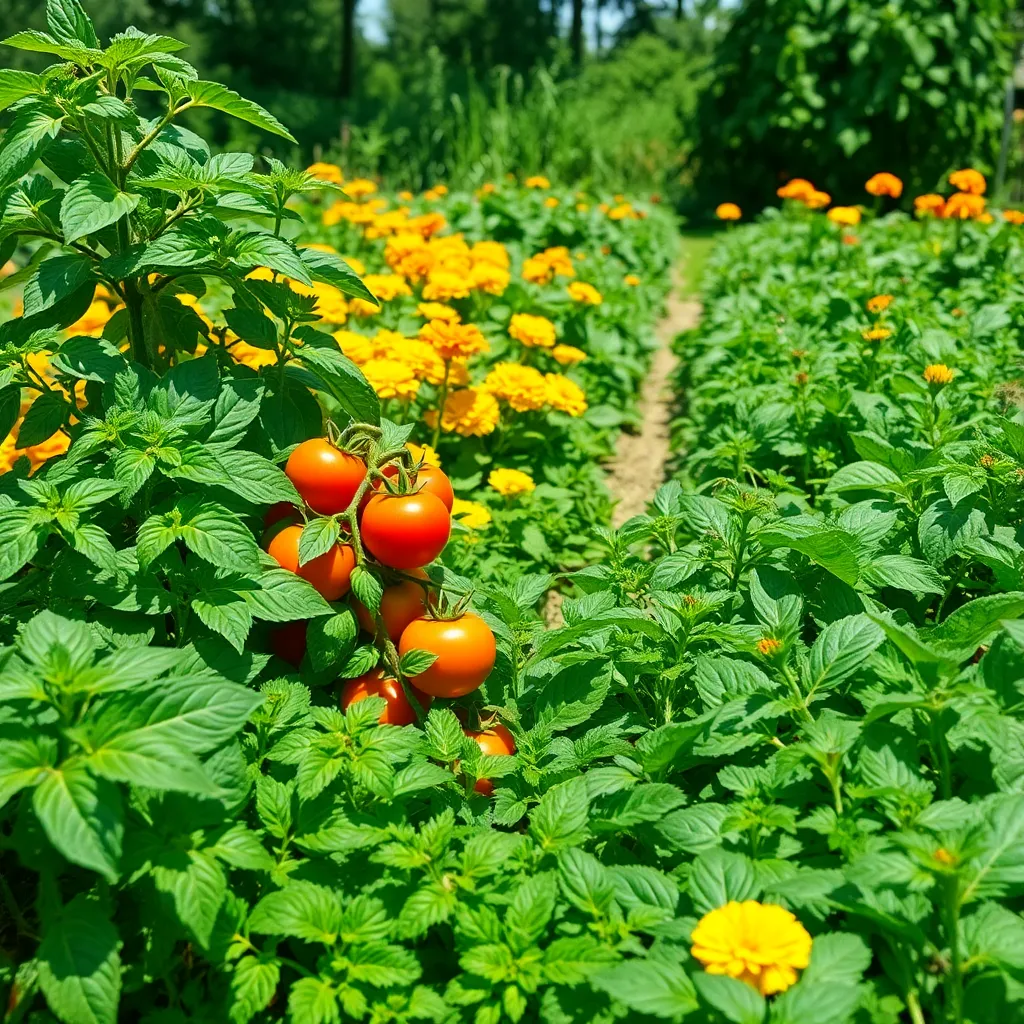
One of the classic companion planting combinations is tomatoes and basil. Basil not only enhances the flavor of tomatoes but also helps repel insects like aphids and whiteflies. For beginners, make sure to plant basil around the base of your tomato plants, leaving enough space for air circulation. Experienced gardeners can try planting basil in alternate rows with tomatoes to maximize the companion effect.
Another popular pairing is carrots and onions. Onions deter pests that commonly attack carrots, such as carrot flies, due to their strong scent. Ensure that your soil is well-draining and loose, as both plants thrive in such conditions. Water evenly throughout their growing season to prevent stress, which can attract pests.
Beans and corn create a symbiotic relationship that benefits both plants. Corn provides natural support for climbing bean vines, while beans enrich the soil with nitrogen, essential for corn’s growth. Plant corn first, and once it is a few inches tall, sow bean seeds around the base. This technique, known as the “Three Sisters,” can also include squash for ground cover, adding complexity to your garden strategy.
Zucchini and nasturtiums make a vibrant and functional duo. Nasturtiums act as a trap crop, luring aphids away from zucchini and other squash plants. Plant nasturtiums along the edges of your zucchini patch to attract aphids and other pests. Additionally, their bright flowers can be a delightful edible addition to salads.
Avoiding Harmful Plant Pairings
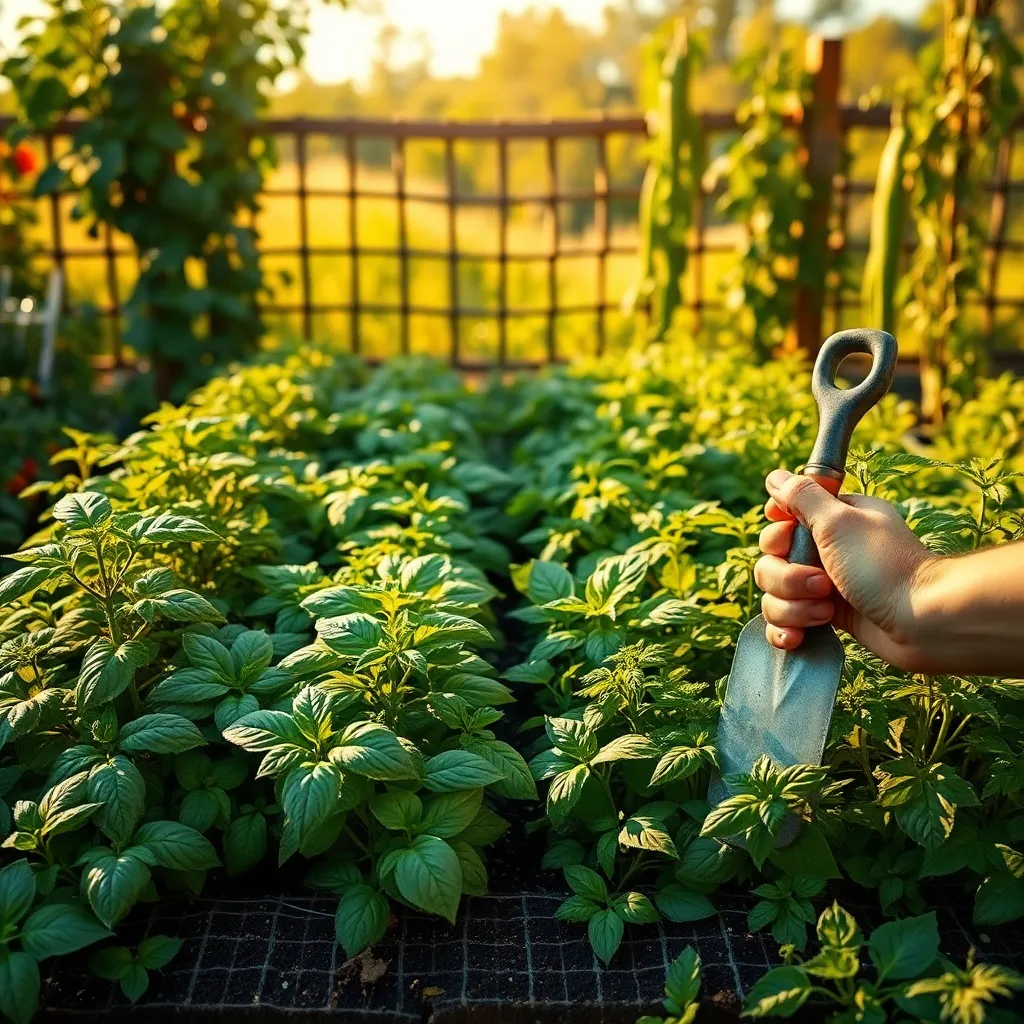
Understanding which plants should not be grown together is just as important as knowing which ones thrive side by side. Some vegetables release chemicals that can inhibit the growth of others, making it crucial to plan your garden layout carefully.
For instance, avoid planting onions near beans or peas, as they can stunt the legumes’ growth. Instead, consider placing onions alongside carrots, where they can mutually benefit by deterring pests like carrot flies.
Another common mistake is planting tomatoes and corn together, which can create a haven for destructive pests like the corn earworm and tomato fruitworm. Instead, plant tomatoes with basil, which not only enhances flavor but also helps repel harmful insects.
Soil compatibility is also a key consideration in preventing harmful pairings. Heavy feeders like broccoli should not be grouped with other nutrient-demanding plants, as this can lead to soil depletion and poor growth for all involved.
Planning Your Companion Planting Layout
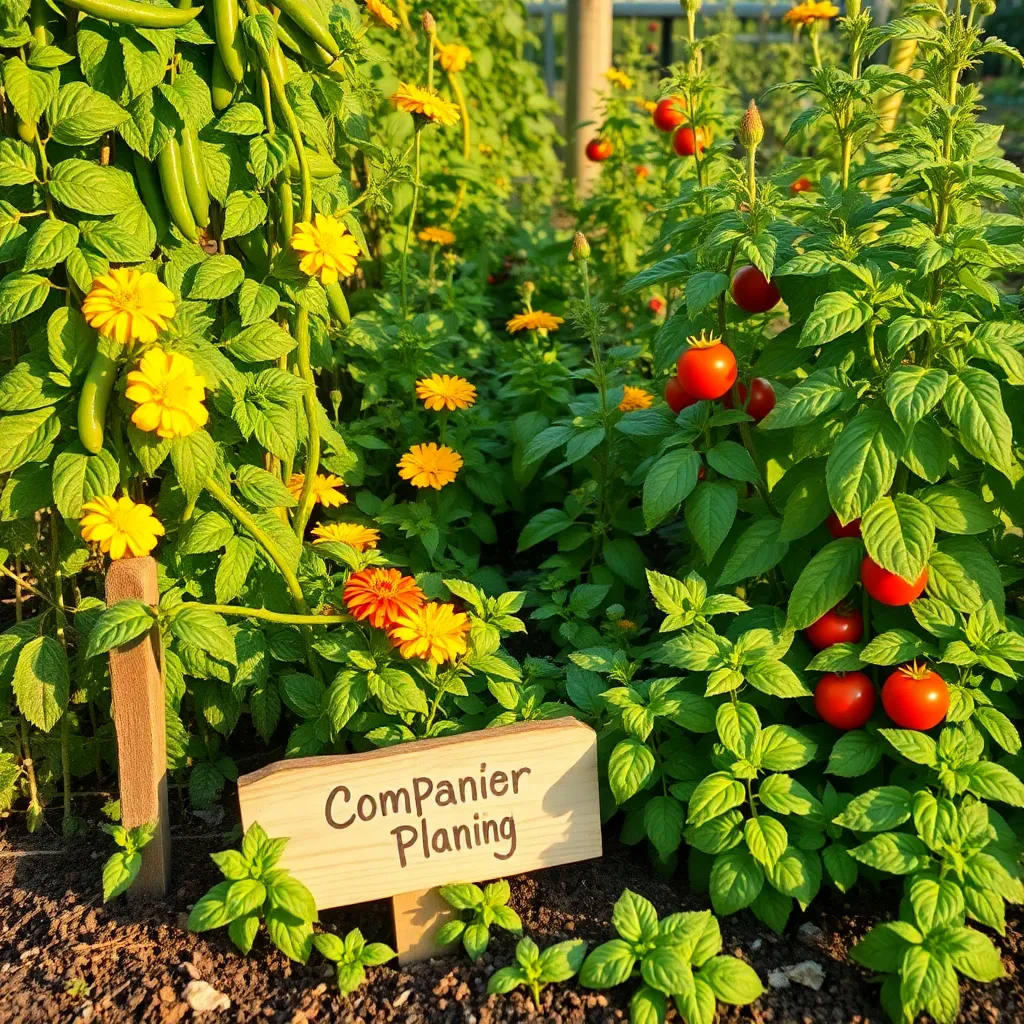
When planning your companion planting layout, start by understanding the specific needs of each vegetable in your garden. Consider factors such as sunlight, soil type, and water requirements to ensure harmonious growth and optimal health among your plants.
Group plants with similar growing conditions together to maximize their potential. For instance, tomatoes, basil, and carrots all thrive in full sun and well-drained soil, making them excellent companions.
Next, think about the benefits that different plants can offer each other. Some plants, like marigolds, can help deter pests when planted near vegetables like tomatoes and peppers.
To enhance the efficiency of your layout, incorporate a mix of shallow-rooted and deep-rooted plants. This combination allows for better use of soil nutrients and helps prevent competition for resources, ensuring each plant has access to what it needs.
As you design your layout, remember to leave enough space between plants to accommodate their mature size. This prevents overcrowding, which can lead to issues like reduced air circulation and increased susceptibility to disease.
For advanced gardeners, consider using a grid or square foot gardening method to maximize space and yield. This method allows for precise placement and easier management of companion planting combinations.
Conclusion: Growing Success with These Plants
In exploring the art of companion planting for vegetables, we delved into five key relationship concepts that mirror the dynamics of successful partnerships. First, we learned that compatibility enhances growth, just as certain plants such as tomatoes and basil thrive when paired together. Second, protection is paramount, with some plants like marigolds acting as natural defenders against pests. Third, diversity enriches the environment, similar to how a mix of personalities can create a vibrant community. Fourth, communication is vital, as plants exchange nutrients and signals underground, reminding us of the unseen yet powerful connections in our relationships. Finally, nurturing consistently yields the best results, echoing the importance of tending to our bonds with care and attention.
As an actionable next step, consider applying these principles by evaluating one of your current relationships. Identify which concept might be missing and take a small step to nurture it.
Remember, successful relationships, like gardens, require ongoing effort and attention. Bookmark this article as a reference to guide your journey in cultivating thriving connections. Looking ahead, implementing these insights will not only foster healthier relationships but will also empower you to create a harmonious and fruitful environment in all aspects of your life.


